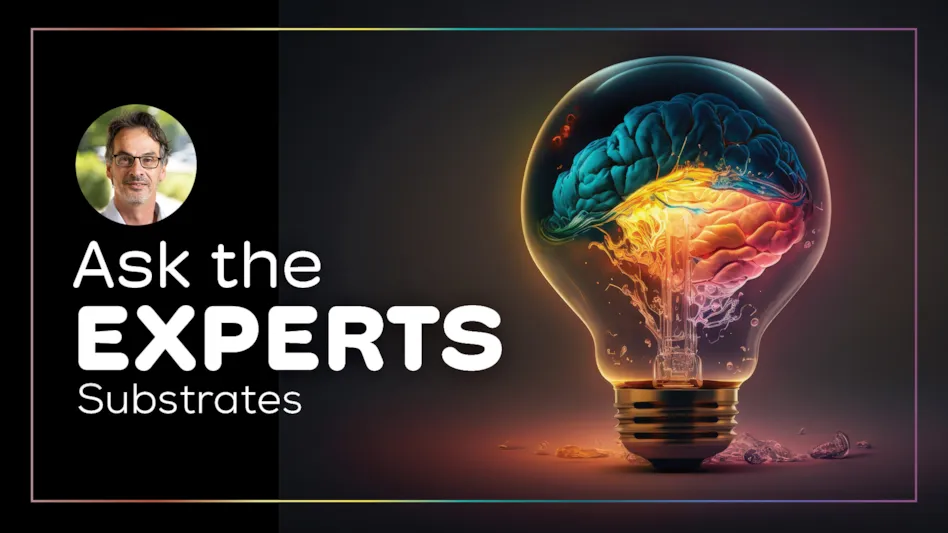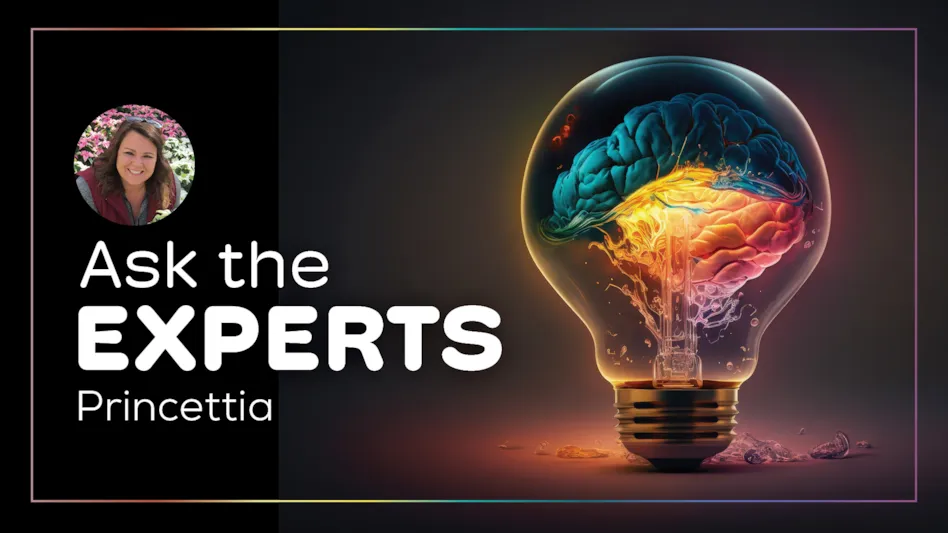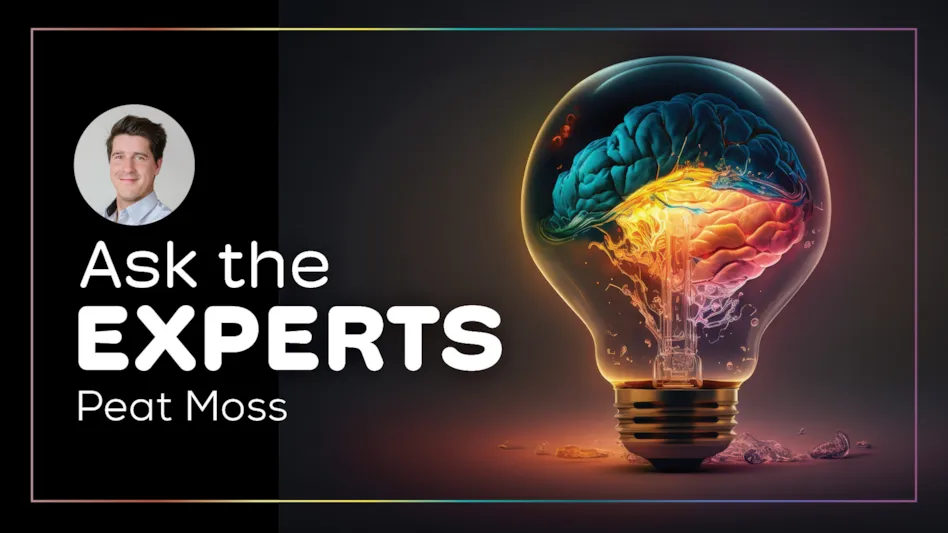
Burns talked about innovation and disruption in the produce industry and interconnected markets, such as fashion and retail. Burns gave shout-outs to Creator, a startup that uses robots to make burgers for customers at its San Francisco restaurant of the same name; the Plant-Based Supermarket, a grocery store in London that sells all vegan foods; and a robot at West Virginia University that pollinates blackberries.
Burns wowed attendees when she discussed how innovators are reimagining new ways to present produce, discussing cantaloupe burgers, watermelon hams and, arguably the audience’s favorite, avocado engagement ring holders.
“At Bolt Threads, they have developed a leather-like fabric made from the mycelium found in mushrooms,” she said. “Once it's large enough, it’s cut into slices and put through a process like how animal hides are tanned. The result is a sustainably sourced, more eco-friendly leather alternative — one that has drawn the attention of luxury handbag-maker Stella McCartney.”
Businesses and nonprofits are addressing issues around hunger and the environment. One of these is Brighter Bites, a Houston-based nonprofit and PMA partner. “Each week, Brighter Bites provides 50 servings of fruits and vegetables directly to families,” Burns said. “With boots on the ground in Texas, New York, Washington, D.C., and Southwest Florida, they’re providing children and their families with fresh produce, tip sheets, recipes and in-class lessons that encourage them to eat healthier.”
Some of the work that businesses and organizations are doing to provide food to the needy comes at the intersection of giving and tech. The Goodr app provides surplus food from restaurants and caterers to nonprofits that feed the hungry, Burns said. And Feeding America uses an app called MealConnect, through which restaurant employees can take a photo of extra food, and the food delivery service Doordash will take it to a shelter, food bank or nonprofit.
Supermarket Ekoplaza is one business dedicated to protecting the environment. It opened a plastic-free aisle earlier this year in the Netherlands, where it sells produce and other food and beverages in biofilm packaging, Burns said.
Meanwhile, MAX Burgers in Sweden sells a climate-positive burger, Burns pointed out. “With every purchase, the chain will plant enough trees to offset 110 percent of the carbon emissions associated with its business,” she said. “In their view, it's not enough to just reduce emissions, or actually even to be climate-neutral. They feel they have to do more.”
While people are spending more money on food, the amount they spend in grocery stores is decreasing, Burns said, citing Nielsen statistics. At the same time, she said Deloitte has measured a 30 percent increase in ecommerce grocery sales. China, South Korea, France and the United Kingdom are responsible for much of the growth in the ecommerce space.
“But according to Retail Feedback Group, only 28 percent of shoppers say they buy fruits and vegetables online,” Burns said. “Why? Produce falls short of meeting their expectations of freshness and quality, and for some, they just find pure joy in picking their fruits and vegetables in-store.”
What’s more, while online subscriptions to meal kits are still common, Burns said sales of in-store meal kits grew 26.5 percent in 2017.
Floral customers like making purchases in the store, too, Burns said. “IRI has found that global floral sales increased 5 percent annually over the past five years, in comparison to the rest of the fresh departments, growing 3 percent annually,” she said.
4. Creating and enhancing connections with consumers and each other is vital.
In March, PMA connected with new audiences at South by Southwest (SXSW), an annual combination of conferences and festivals in music, film and interactive media, held in Austin, Texas, Burns said. There, PMA hosted its Global Street Farm to engage people in conversations about produce and floral. “What's amazing is that at our Global Street Farm, we saw people patiently wait in line to take pictures with a piece of jackfruit or stand happily in line to get flowers placed in their hair,” she said.
However, Burns noted that other people outside of the produce industry, who are not always accurate or informed, were leading the conversation about food with some of the SXSW audiences. (About half of the SXSW audiences live within the United States and the rest visit from around the world.) “This year, we went to listen and learn,” Burns said. “Next year, we're going to be heard.”
Burns ended her speech encouraging produce and floral industry members to find ways to lead conversations both outside of and within the industry. “At the end of the day,” she said, “I still believe that as an industry, we can create incredibly powerful connections, not only with our consumers, but with each other — and this is where we’re the most powerful, isn't it?"
Latest from Produce Grower
- UF/IFAS researchers work to make beer hops a Florida crop
- Nature's Miracle announces initial shipments of "MiracleTainer" series container farm
- Local Bounti opens new high-tech controlled environment agriculture facility in Pasco, Washington
- NatureSweet responds after ruling by U.S. Court of International Trade that invalidates tax on tomato imports from Mexico
- Former Danone executive becomes chief operating officer at NatureSweet
- FMI welcomes updates to WIC food package increasing fruit and vegetable benefits
- Passion grows progress
- U.S. Department of Labor finalizes farmworker protection rule





